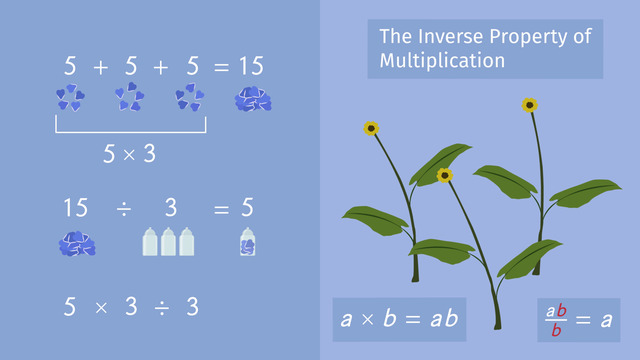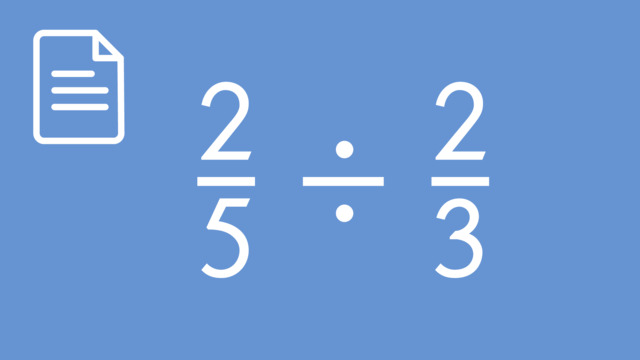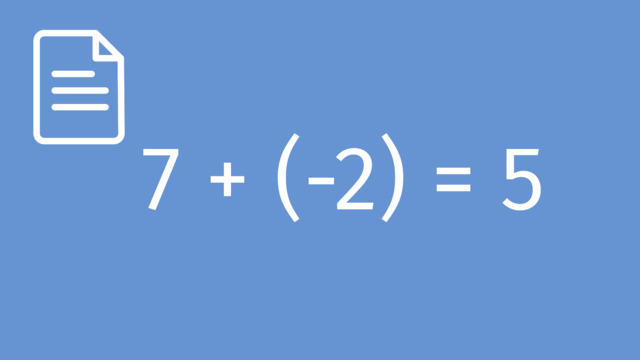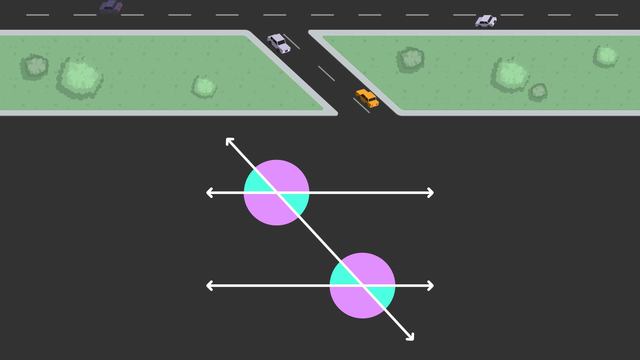Introduction to Dividing Fractions
Dividing fractions may seem complex at first, but with the right technique, it becomes a straightforward process. By employing the inverse operation—a clever strategy that transforms division into multiplication—students can conquer fraction division with ease.
Understanding Dividing Fractions – Explanation
Division is typically one of the four basic operations in arithmetic, but when it comes to fractions, we use a method called the inverse operation.
The inverse operation for dividing fractions involves flipping the second fraction (known as finding the reciprocal) and changing the division sign to a multiplication sign.
The reciprocal of a fraction is simply swapping its numerator and denominator. So, for instance, the reciprocal of 43 is 34. By multiplying the first fraction by this reciprocal, we achieve the same result as division.

Fraction Reciprocal – Examples
54
45
61
6
8
81
21
2
32
23
Dividing Fractions Using the Inverse Operation – Example
Let's look at a simple example to demonstrate how this method works in action.
Divide 53 by 72.
First, we identify the reciprocal of the second fraction, 72. The reciprocal is 27.
Now, we multiply the first fraction by this reciprocal:
53×27=1021
The result simplifies to 2101, which is our final answer.
Dividing Fractions Using the Inverse Operation – Practice
Now, let's solve another problem together.
Divide 94 by 32 and simplify your answer.
First, find the reciprocal of 32, which is 23. Then multiply the first fraction by this reciprocal:
94×23=1812. Simplify the result by dividing both the numerator and denominator by 6, which gives us 32 as the simplified answer.
Let's put your understanding to the test with some independent practice.8
Divide 87 by 65 and simplify your answer.
First, find the reciprocal of 65, which is 56. Next, multiply 87 by the reciprocal:
87×56=4042. Lastly, simplify the result to 2021 or 1201.
Divide 85 by 43 and simplify your answer.
First, find the reciprocal of 43, which is 34. Then multiply the first fraction by this reciprocal:
85×34=2420. Simplify the result by dividing both the numerator and denominator by 4, which gives us 65 as the simplified answer.
Divide 52 by 103 and simplify your answer.
First, find the reciprocal of 103, which is 310. Then multiply the first fraction by this reciprocal:
52×310=1520. Simplify the result by dividing both the numerator and denominator by 5, which gives us 34 as the simplified answer.
Divide 127 by 97 and simplify your answer.
First, find the reciprocal of 97, which is 79. Then multiply the first fraction by this reciprocal:
127×79=8463. Simplify the result by dividing both the numerator and denominator by 21, which gives us 43 as the simplified answer.
Divide 61 by 31 and simplify your answer.
First, find the reciprocal of 31, which is 13. Then multiply the first fraction by this reciprocal:
61×13=63. Simplify the result by dividing both the numerator and denominator by 3, which gives us 21 as the simplified answer.
Dividing Fractions Using the Inverse Operation – Summary
Key Learnings from this Text:
- To divide fractions, we use the inverse operation which involves finding the reciprocal of the second fraction and then multiplying.
- The reciprocal of a fraction is obtained by switching its numerator and denominator.
- After multiplying, always simplify the result to its lowest terms.
Continue practicing with a variety of problems to strengthen your understanding of dividing fractions using the inverse operation. Explore other content, such as interactive practice problems and printable worksheets, to enhance your learning experience.
Dividing Fractions Using the Inverse Operation – Frequently Asked Questions







